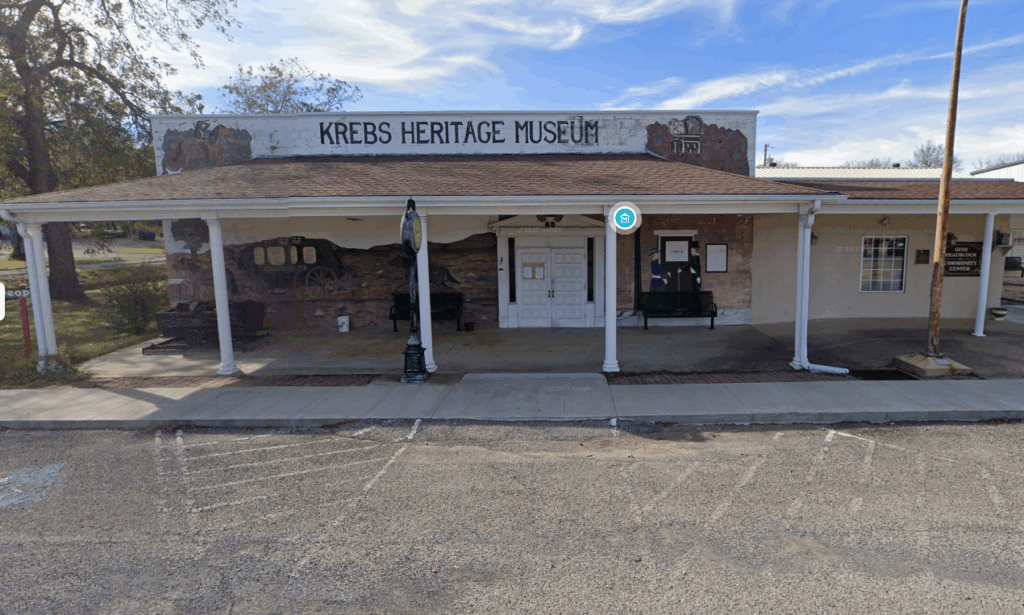

10:00 AM – 5:00 PM
10:00 AM – 6:00 PM
Office Closed(Check-in still available)
Office Closed(Check-in still available)
Relax and recharge with full hookups, Wi-Fi, and clean facilities that make every visit simple and stress-free.
Experience the charm of country living with spacious sites, a relaxing atmosphere, and convenient access to McAlester’s best adventures.



Local history exhibits: You’ll find displays honoring the contributions of Native Americans, immigrants, and other community members in shaping the region.
Military memorabilia: Collections include items related to the military service of local residents, connecting town history with broader national narratives.
Deep historical interpretation: The establishment of the museum between 1996 and 1999 was largely driven by community efforts, with Eugene DeFrange playing a key role.
Cultural context: The town itself, known as “Little Italy,” reflects a rich tapestry of immigrant cultures—especially Italian—woven through Krebs’ history. The museum captures that unique heritage in its exhibits.

Historic Legacy
The Temple was originally constructed in 1907, expanded between 1928 and 1930, and stands as the oldest Masonic building in Oklahoma. Its design, credited to architect William T. Schmitt, blends Art Deco and Neoclassical styles, rendered in striking buff brick and stone.
Prominent Landmark
Built atop McAlester’s highest hill, this building reaches 140 feet tall and is crowned with a 30-foot illuminated ball, known among Masons as the “Great Light of Masonry”.
A “Million-Dollar Temple”
Its grandeur earned its early moniker “Million-Dollar Temple”—a reflection of the members’ ambition and pride in Masonry.